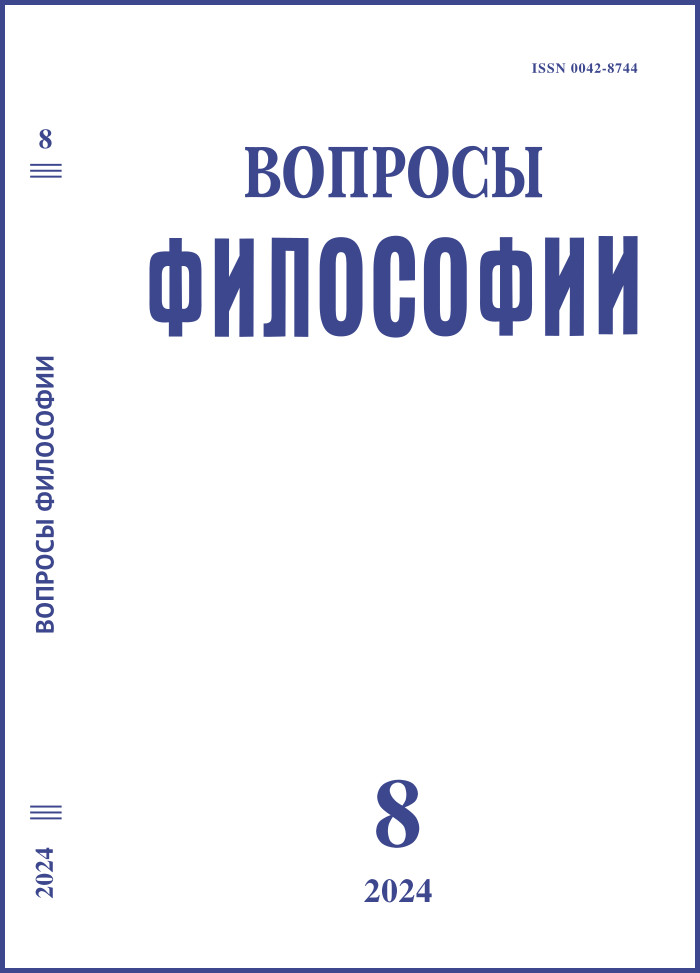On the Search for National Identity in the Modern Aesthetic Thought of Japan
DOI:
https://doi.org/10.21146/0042-8744-2024-8-171-179Keywords:
Japanese aesthetics, Nothingness, Nishida Kitaro, Onishi Yoshinori, Izutsu Toshihico and Izutsu Toyo, Imamichi Tomonobu, Sakabe Megumi, Sasaki Ken’ichi, Amagasaki Akira, Iwaki Ken’ichi, Japanese cultureAbstract
The article represents a brief analysis of the two main trends in Japanese aesthetics in the 20–21 cc. On the one hand, such thinkers as Onishi Yoshinori, Izutsu Toshihico and Izutsu Toyo, Imamichi Tomonobu constitute the tradition of rationalistic comprehension of Japanese artistic heritage, its systematic analysis, including the methods of Western aesthetics. On the other hand, the next, after prof. Imamichi, researcher’s generation: Sakabe Megumi, Sasaki Ken’ichi,
Amagasaki Akira, Iwaki Ken’ichi, – just like the previous generation, consider themselves the followers of Nishida Kitaro’s philosophic system. Agreeing with Imamichi that a scientific analysis of the artistic and theoretical heritage of the countries of the Far East (China, Korea and Japan) is necessary these thinkers in the opinion of the author, chose the path of national isolation. The author considers it quite acceptable to assert that so far no Japanese philosophical aesthetic theory reflects the specifics of the aesthetic consciousness of the Japanese, especially since it is proclaimed by the bearers of Japanese culture themselves. But this fact indicates a fairy likely prospect of such steps back – to national isolationism, which Japan has already experience in its history

